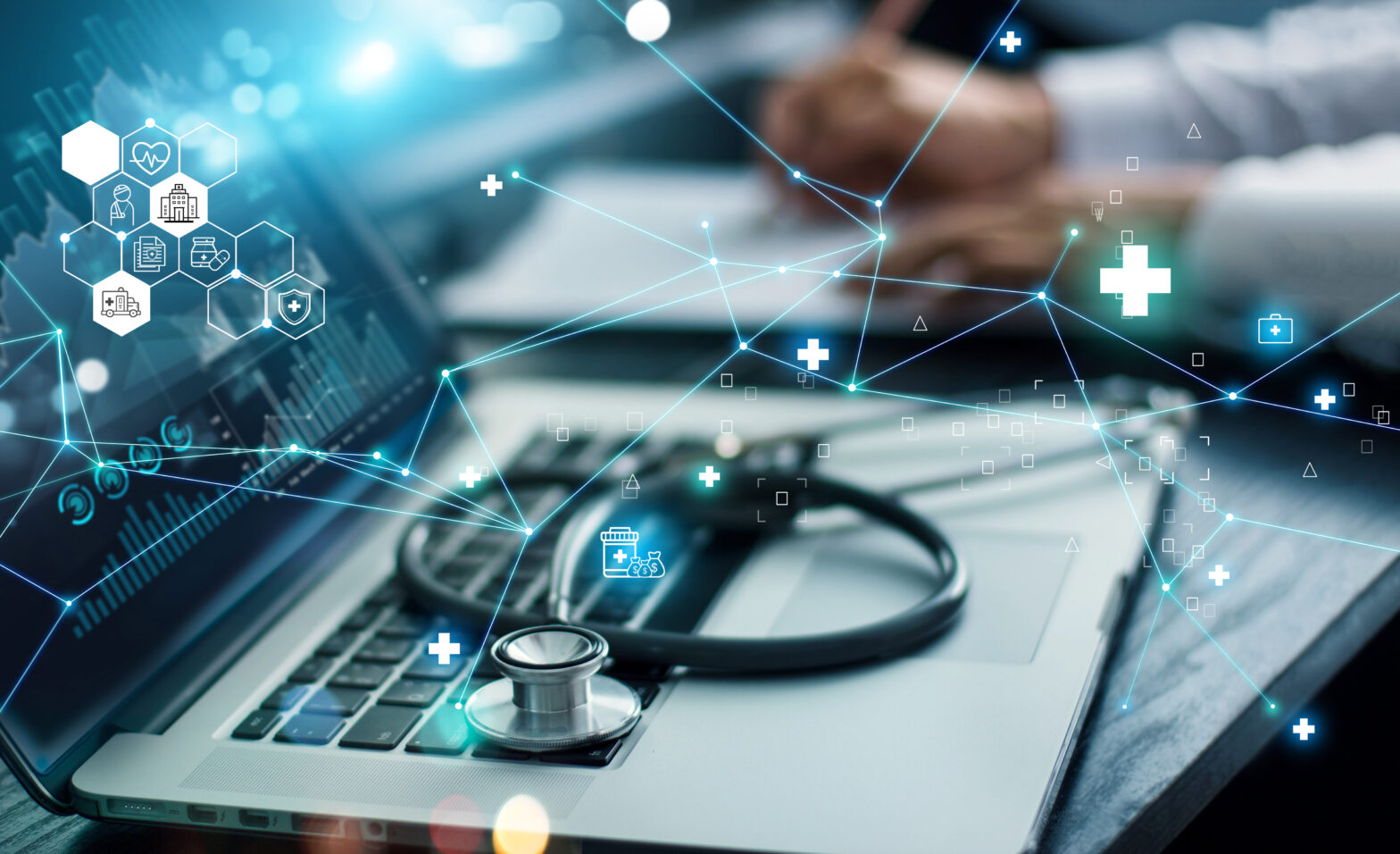Hospitals and healthcare systems are integral to the very fabric of our society. They heal the sick and keep us healthy with the very best of medical expertise and practice. As our hospitals become ever-more advanced, we are seeing IT systems within healthcare play an increasingly mission-critical role in aiding the incredible work of our doctors and nurses.
From operations management to record keeping and even diagnostics, IT has become an indispensable part of the modern healthcare journey. Looking at the current state of affairs with Covid-19, now more than ever, it is critical that hospital IT systems run at peak performance to ensure doctors and nurses have the best tools available in order to aid patient recovery and ensure we are prepared for the future. Healthcare IT admins simply cannot afford for the network to fail.
Digitalisation has changed everything
As with many industries, the healthcare sector has seen a rapid phase of digitalisation, with new connected medical devices intertwining patient treatment with IT infrastructure that was traditionally separate from day to day healthcare practice. There can be no doubt this has boosted efficiencies and had a positive impact on patient care. However, digitalisation comes with a catch. With so many new connected devices, today’s hospital IT networks have more potential points of failure than ever before.
The future of tech in healthcare: wearables?
Anatomy of the modern medical infrastructure
As with any information system, the storage and transfer of data is at the heart of all healthcare IT systems. Most if not all medical IoT devices rely on data and information being readily available through various points in the hospital network. For example, a radiologist will routinely require access to patient imaging records in order to review scans that have been automatically uploaded to the system by an MRI machine.
To facilitate this degree of connectivity, most hospitals have what is called an integration engine. This is a central IT communications hub that securely stores and distributes information and data where and when it is needed. Think of the integration engine as the hospital’s central nervous system, facilitating all communications across the network. In larger hospitals, the integration engine will work with several other independent data systems such as the Picture Archiving and Communication System (PACS), Radiology Information System (RIS) and Laboratory Information System (LIS), to ensure all data is secured in the correct areas of the network.
So how can IT admins make sense of all this?
When it comes to mission critical IT systems, the key to success is visibility. With so many potential failure points, hospital IT staff need to be on constant look out for any potential faults and often be able to solve issues before any disruption can occur. When it comes to hospital operations and patient care. The stakes for successful fault management could not be any higher.
However, that’s not to say everything and anything should be monitored. Rather, IT admins should focus their attention to four key areas of hospital infrastructure.
1. Digital medical devices
Medical devices are now connected and able to send and receive data through the network. The benefit of this is that these devices can be monitored over that same network. The catch? Medical devices do not offer the same possibilities for monitoring as other IoT devices, so you will need a monitoring tool with specific functionality for monitoring these devices.
2. The integration engine
The integration engine is the communications hub for the entire network. Therefore, it is imperative to watch it closely. Thankfully most integration engine servers offer API’s that can be used to easily retrieve and monitor server performance.
3. Communication between medical systems
Unless connected devices are able to communicate with the integration engine, they may as well be switched off entirely. IT admins need to keep a close eye on how devices communicate and ensure they are using the correct protocols. In the case of hospital IT this requires a monitoring tool that is capable of understanding medical specific protocols such as DICOM (Digital Imaging and Communications in Medicine) and HL7 protocols.
Doctorlink CEO on the role of tech in healthcare amidst coronavirus crisis
4. Traditional IT
When getting stuck into new and exciting medical devices, it is important to ensure the bread-and-butter devices that support medical systems, such as routers, switches and servers, aren’t overlooked. A server failure or network crash can be just as catastrophic as critical failure in a medical device. For this reason, it is important to be able to quickly analyse metrics from traditional IT devices alongside the metrics from medical devices. In the case of an error, this allows IT staff to locate and solve the problem within the rapid time-frame required.
Maximum reliability at all times
When it comes to healthcare IT, admins have a duty to ensure the highest degree of reliability is guaranteed 24/7. After all, the preservation of human life and the protection of highly sensitive data is at stake.
Thankfully, with the right tools and expertise, hospital IT staff can be well equipped to handle anything the network can throw at them, allowing doctors and nurses to focus on what’s important – keeping us healthy.











